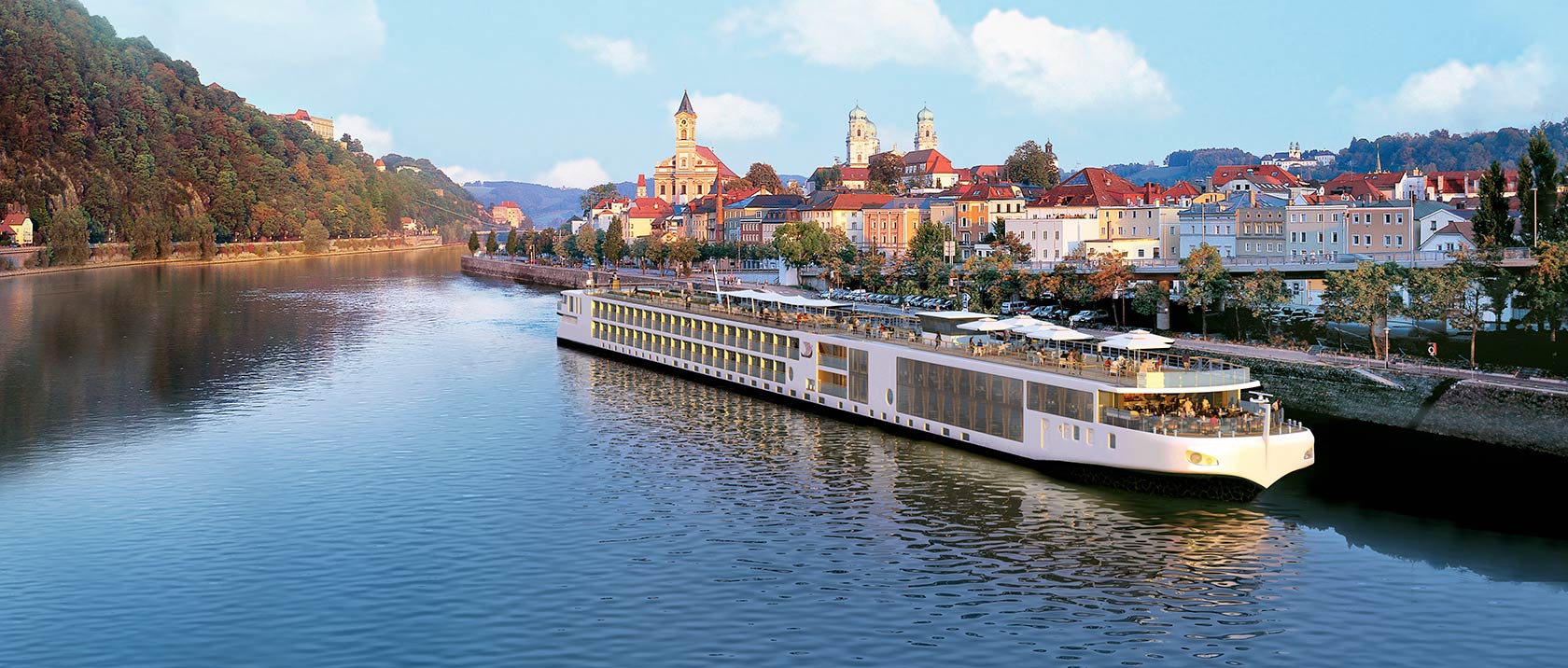What Viking's growth means for river cruising

The news that Viking River Cruises will add 24 Longships to its fleet signals two things: That following a brief lull in shipbuilding momentum, Viking is experiencing strong enough demand to merit a hefty commitment to more ships, and that the river cruise industry at large is entering a new growth phase.
So, let's start with Viking. With the addition of 24 vessels in addition to the existing 65 ships already in the company's river fleet (though we don't know if and how many ships the company may retire in the coming years), one has to ask, what is in Viking's secret sauce that lets it sustain such growth?
While only Viking is privy to the nuances of its success, the line has certain unique features that have likely helped fueled its expansion and popularity.
For one, Viking has become a household name in river cruising thanks in large part to its ads that blanketed popular TV programs like Downton Abbey on PBS and that air on National Public Radio. That kind of brand recognition definitely gives it an advantage.
In addition to product awareness, Viking has found the sweet spot in offering well-designed hardware at affordable prices. The line's newest vessels, the Viking Longships, launched in 2012, feature open and airy public areas and contemporary Scandinavian design that makes them feel like unstuffy, sleek floating hotels. They also offer a wide range of stateroom options, from a modest 150-square-foot lower deck cabin with small windows to 275-square-foot veranda suites with step-out balconies and 445-square-foot explorer suites with a separate living room and bedroom.
It doesn't hurt that Viking is also known for its attractive deals. For travellers who find river cruising to be too expensive, Viking's promotions make its cruises more attainable.
Viking also pays agent commission on all components of its river cruises, including port charges and airline fees, which few other lines do.
While Viking's fleet expansion always makes good headline fodder, Viking isn't the only river cruise line that is growing. AmaWaterways recently announced that it will launch three vessels in 2019, including the double-wide 196-passenger AmaMagna, and this spring the last two of Crystal Cruises' four new-build river ships set sail (the first two launched last fall).
The steady stream of ship orders suggests that demand for river cruising hasn't let up. So, can Europe's rivers sustain all the inventory? Well, there are certain issues the industry needs to consider as it continues on its shipbuilding path, including staggering itineraries so that that numerous ships aren't all docked in the same ports at the same times. And docking space itself needs to be re-evaluated and solutions explored to ensure that ports don't get overcrowded.
Physical growth logistics aside, however, river cruise lines often point out that the demand for the new ships is there. The number of river cruise passengers is still a small fraction of the number of ocean cruise passengers, meaning that many cruisers have yet to discover river cruising. For the river cruise lines, that fact alone signals that this segment is poised to continue on its current expansion path for years, if not decades, to come.

No comments:
Post a Comment